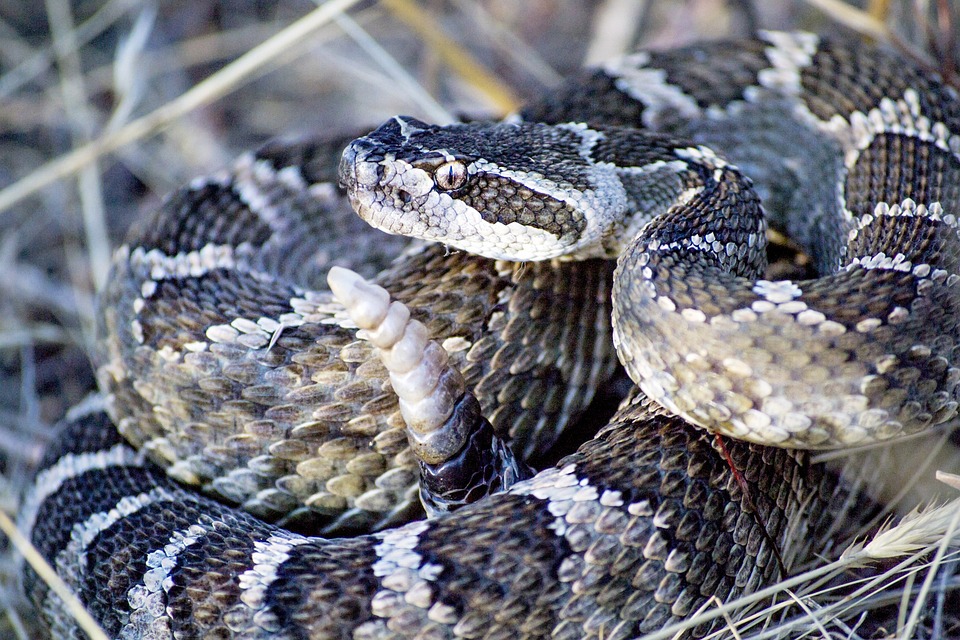What Climate Do Peanuts Grow In? Ideal Conditions for Growing Peanuts
Peanuts, scientifically known as Arachis hypogaea, are a versatile legume crop valued for their nutritional benefits and widespread use in products like peanut butter and oils. Understanding the specific climatic conditions required for peanut cultivation is essential for optimizing growth and yield. This post explores the ideal climate for peanuts, the environmental factors influencing their growth, and regions where they are commonly cultivated.
Overview of Peanut Cultivation
Peanut Basics
Botanical Information:
Peanuts are unique among legumes as their flowers bloom above ground while the pods develop underground. This characteristic distinguishes them from many other crops.
Primary Uses:
Peanuts are utilized in various forms, including snacks, cooking oil, and animal feed, making them a significant agricultural product globally.
Main Peanut-Producing Regions
Global Production:
The leading peanut-producing countries include:
– China
– India
– Nigeria
– United States
– Brazil
Top U.S. Regions:
In the United States, peanuts are primarily grown in:
– Southeast: Georgia, Alabama, Florida
– Southwest
– Parts of the Carolinas
Ideal Climate Conditions for Growing Peanuts
Temperature Requirements
Warm Temperatures:
Peanuts thrive in warm climates with ideal daytime temperatures ranging from 70°F to 85°F (21°C to 30°C). They are sensitive to frost; temperatures below 60°F (15°C) can hinder growth significantly. A frost-free period of approximately 120-160 days is crucial for successful cultivation[1][2].
Rainfall and Moisture Needs
Moderate Rainfall:
Peanuts require about 20 to 40 inches (500 to 1,000 mm) of rainfall during the growing season. Consistent moisture is particularly vital during flowering and pod formation stages. While peanuts exhibit some drought tolerance, severe drought can lead to reduced yields[1][4].
Water Drainage:
Well-drained sandy loam soils are essential to prevent waterlogging, which can cause root rot and hinder growth. The ideal soil pH ranges from 5.5 to 7.0[1][2].
Sunlight
Full Sun Exposure:
Peanuts require at least 6-8 hours of direct sunlight daily. Adequate sunlight promotes healthy growth and facilitates pod development, which is critical for yield[2].
Soil Type and pH
Sandy Loam Soil:
Peanuts flourish in sandy loam soils that are loose, well-drained, and rich in organic matter. This soil type allows the peanut pods to expand underground effectively.
Soil pH:
The optimal soil pH for peanuts is between 5.8 and 6.5, slightly acidic conditions that enhance nutrient uptake[1][2].
Growing Season and Regional Climate Variations
Warm, Frost-Free Growing Season
Peanuts need a long growing season free from frost, typically planted in late spring and harvested in early fall in temperate regions like the southeastern United States.
Tropical and Subtropical Regions
Peanuts thrive year-round in tropical climates characterized by warm temperatures and consistent rainfall. Regions such as parts of India, West Africa, and South America provide favorable conditions for peanut farming.
Temperate Regions with Warm Summers
In temperate areas with hot summers, peanuts can be successfully grown as annual summer crops. Southeastern U.S. states like Georgia and Alabama exemplify this adaptation[1][4].
Challenges in Peanut Cultivation Due to Climate
Risk of Drought
Regions prone to drought may require supplemental irrigation to maintain consistent soil moisture levels crucial for peanut growth.
Temperature Extremes
While peanuts can tolerate high temperatures, prolonged heatwaves may stress plants, leading to reduced yields. Conversely, early frosts can damage crops significantly.
Soil Health and Crop Rotation
To combat soil-borne diseases common in peanuts, crop rotation with other crops like corn or soybeans is often practiced. Additionally, sandy soils are susceptible to erosion during heavy rains[2][4].
Climate Change and Its Impact on Peanut Cultivation
Changing Temperature Patterns
Rising temperatures may stress peanut crops in already hot regions while potentially extending growing seasons in cooler northern areas.
Increased Drought and Water Scarcity
Climate change could lead to more frequent droughts, impacting water availability for irrigation and necessitating more efficient water management practices.
Soil Degradation and Pest Pressure
Warmer temperatures may increase pest pressures on peanuts, requiring enhanced pest management strategies[3][4].
Frequently Asked Questions (FAQs)
1. What type of climate is best for growing peanuts?
Peanuts thrive in warm climates with moderate rainfall and sandy loam soil. Ideal temperatures range from 70°F to 85°F (21°C to 30°C).
2. Can peanuts grow in cold climates?
No, peanuts are sensitive to frost and require a long growing season typically found in tropical or subtropical climates.
3. How much water do peanuts need?
Peanuts require about 20-40 inches (500-1,000 mm) of rainfall or supplemental irrigation throughout the growing season.
4. What soil is best for peanut cultivation?
Sandy loam soil with good drainage and a pH of 5.8 to 6.5 is ideal for peanuts.
5. How does climate change affect peanut farming?
Climate change may result in increased droughts, temperature extremes, and pest pressures that could impact peanut yields.
Conclusion
In summary, peanuts flourish under specific climatic conditions characterized by warm temperatures, moderate rainfall, well-drained sandy soils, and ample sunlight. As climate change poses new challenges to agriculture globally, understanding these ideal conditions becomes increasingly important for sustainable peanut farming practices moving forward.

Kyle Whyte is a notable scholar and professor at the University of Michigan, holding positions such as the George Willis Pack Professor in the School for Environment and Sustainability and Professor of Philosophy. Specializing in environmental justice, his work critically examines climate policy and Indigenous peoples’ ethics, emphasizing the nexus between cooperative scientific endeavors and Indigenous justice. As an enrolled Citizen Potawatomi Nation member, he brings a vital perspective to his roles as a U.S. Science Envoy and member of the White House Environmental Justice Advisory Council. His influential research is supported by various prestigious organizations including the National Science Foundation, and disseminated through publications in high-impact journals. Kyle actively contributes to global Indigenous research methodologies and education, with affiliations to numerous institutes and societies dedicated to traditional knowledge and sustainability. Recognized for his academic and community engagement, Kyle has earned multiple awards and served in various visiting professorships. His efforts extend to leadership positions on boards and committees focused on environmental justice nationwide.
